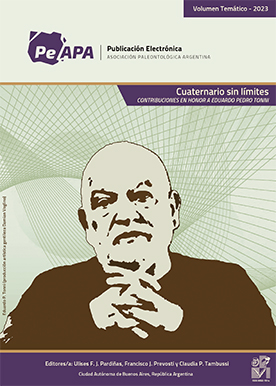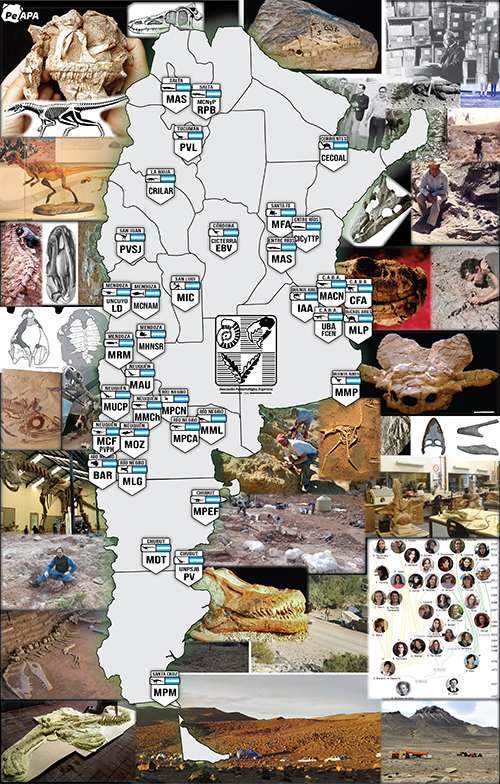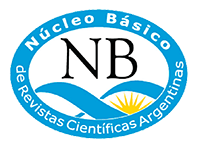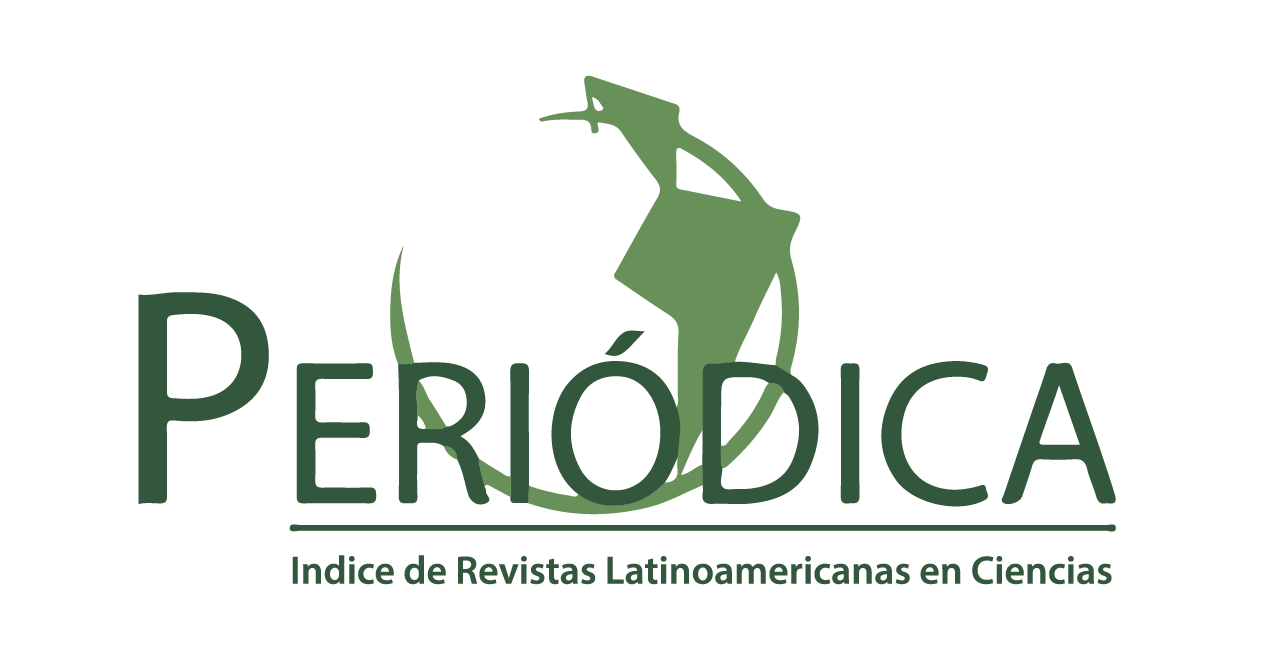UN NOTOUNGULATA DE LA FORMACIÓN VACA MAHUIDA (EOCENO), PROVINCIA DE LA PAMPA, ARGENTINA
Abstract
Sediments assigned to the Vaca Mahuida Formation outcrop at Sierra El Fresco area, southeast from Puelén, La Pampa Province. These sediments represent a depositional sequence in a depressed area, covered by a wide, fresh- to brackish- water lake. So far, only some ichnofossils, invertebrates (pelecypods and gastropods), and vertebrates (fish, anurans, birds and mammals), have been recorded. The mammal specimens described in this paper belong to the order Notoungulata, the most diverse of the South American native ungulates. Among the notoungulates, these specimens markedly resemble members of the family Oldfieldthomasiidae (Typotheria), which ranges from the Tiupampian (early Paleocene) to the Divisaderan ages (late Eocene?). Some features are interpreted as derived (e.g. lack of paraconid, paralophid connected to the anterolingual cingulum, entoconid poorly differentiated), possibly indicating that this taxon is somewhat more advanced than those of the Paleocene. The material from the Vaca Mahuida Formation is the first record of a Paleogene mammal in La Pampa, and agrees with the Eocene age inferred for this formation.
KEY WORDS. Mammalia. Notoungulata. Eocene. La Pampa. Argentina.
Downloads
Published
Issue
Section
License

Authors retain copyright and grant the journal right of first publication with the work simultaneously licensed under a CC Attribution-NonCommercial 4.0 that allows others to share the work with an acknowledgement of the work's authorship and initial publication in this journal.






















